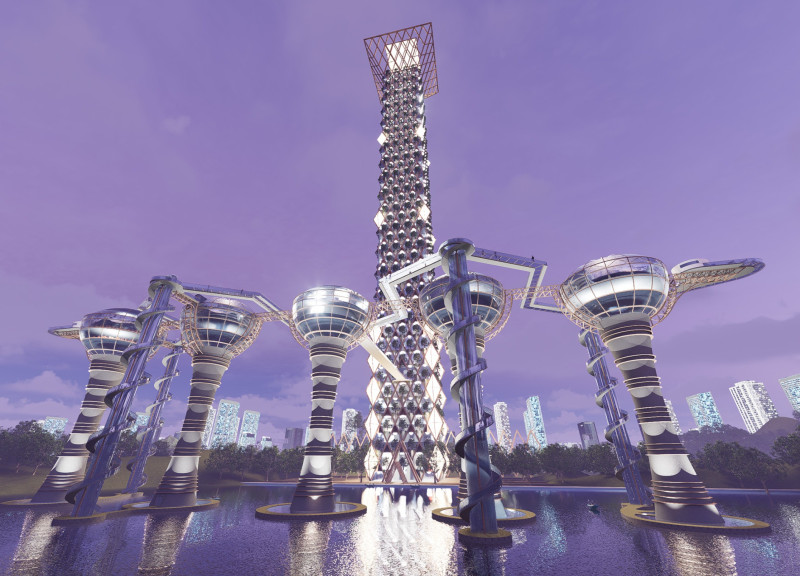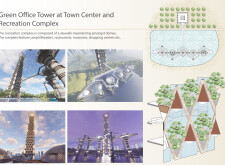5 key facts about this project
Located in [Insert location], the project integrates into its urban context by addressing both the physical environment and community needs. The intent is to create a functional space that fosters interaction and accessibility while contributing positively to the neighborhood. The design is characterized by a balanced response to its surroundings, focusing on practical use and aesthetic coherence.
### Spatial Organization
The layout emphasizes an open plan that encourages flexibility and adaptability. Key spaces are arranged to enhance natural circulation, allowing users to navigate the environment intuitively. Common areas are strategically positioned to promote collaboration and social engagement, while private spaces maintain their integrity through thoughtful partitioning. This organization ensures that both communal and individual activities can coexist harmoniously.
### Material Selection
The project employs a palette of sustainable materials that reflect both durability and environmental responsibility. The use of locally sourced resources minimizes transportation impacts and supports the regional economy. Facades incorporate materials designed for energy efficiency, contributing to the overall sustainability goals without compromising visual appeal. This thoughtful approach to materiality not only addresses functionality but also reinforces a connection with the local context.


















































